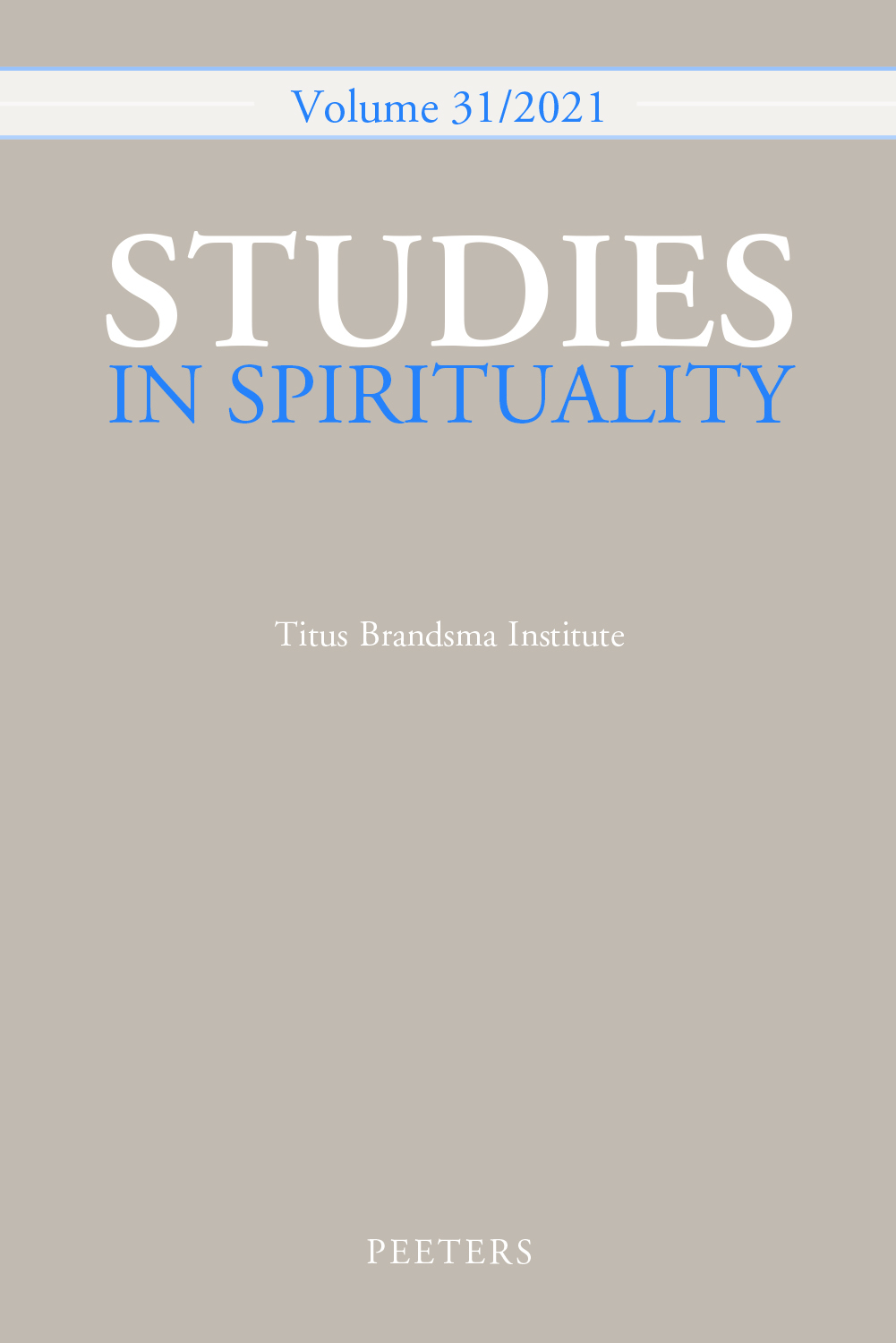 previous article in this issue previous article in this issue | next article in this issue  |

|
Document Details : Title: Connecting Art with Spirituality within the Indian Aesthetics of Advaita Vedanta Author(s): KEATING, Ross Journal: Studies in Spirituality Volume: 18 Date: 2008 Pages: 25-37 DOI: 10.2143/SIS.18.0.2033281 Abstract : This paper presents an exploration of how aesthetic experience could be interpreted along the lines of the Hindu philosophy of Advaita Vedanta and how Western art could be viewed as an expression of a deeper spiritual reality, albeit defined in Vedantic terms. According to Advaita Vedanta every entity has five characteristics namely, existence, cognizability, inherent appeal, form, and name. Of these, the first three characteristics are seen as spiritual and the following two constitute the appearance of the entity in the world. Advaita Vedanta holds that it is specifically the characteristics of form and name that distinguishes one entity from another while it is the three former characteristics, which all entities have in common, that spiritually unites everything. Furthermore, within this philosophy, existence, cognizability, and inherent appeal are seen as stemming from Brahman, the Being of all beings, whose nature is Satcitanandna (Existence-Knowledge-Bliss). Religious or sacred art within this thinking is that art which has the potential to take the beholder, through an act of concentration on the work’s form and name – its appearance in the world, into a deeper experience, into a momentary ‘glimpse’ of Satcitanandna. This epiphanic experience is conjointly for the beholder an awakening experience of recognition to his or her own inherent spiritual depth, for the same mysterious nature of Satcitanandna that underpins the artwork underpins the beholder. |
|
